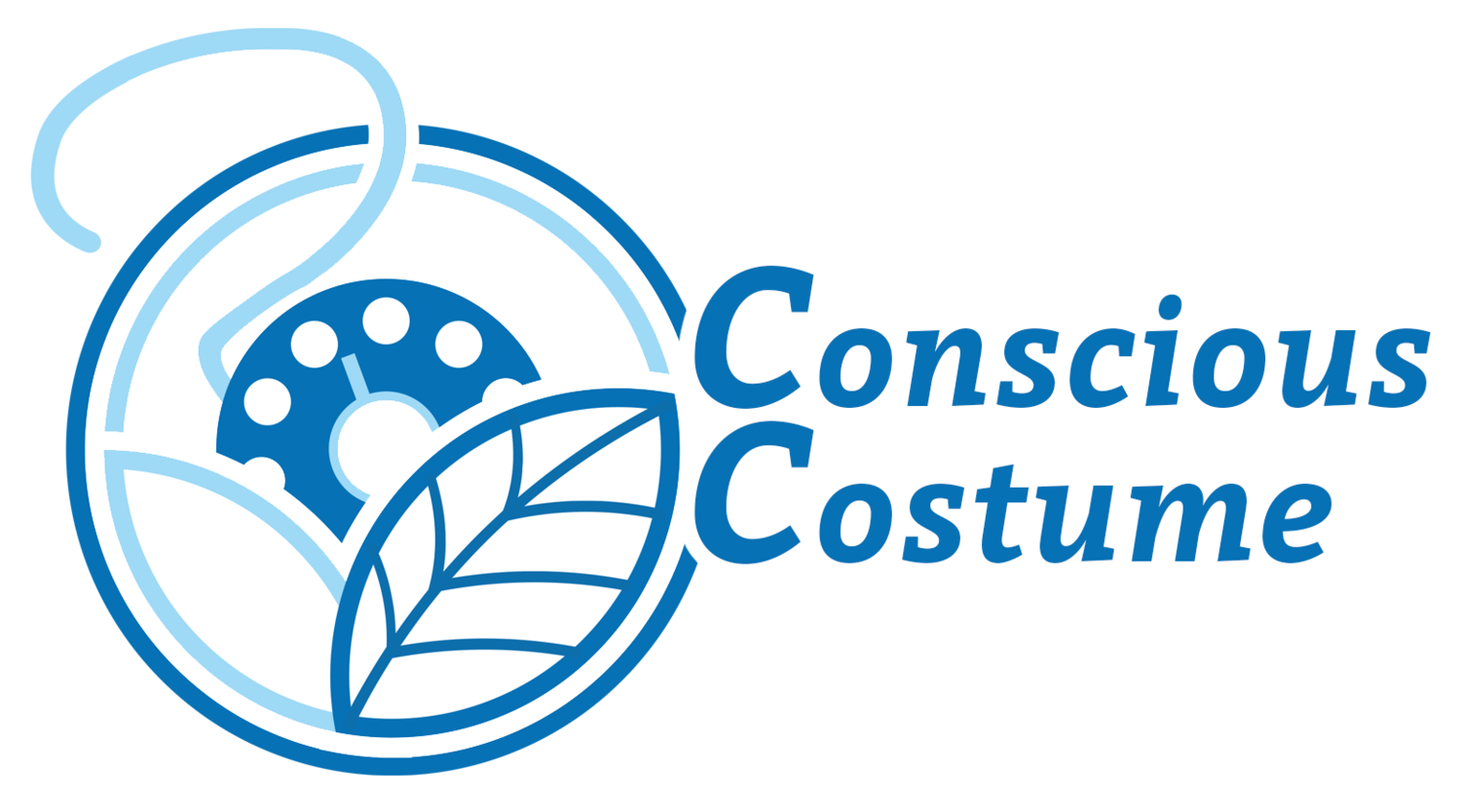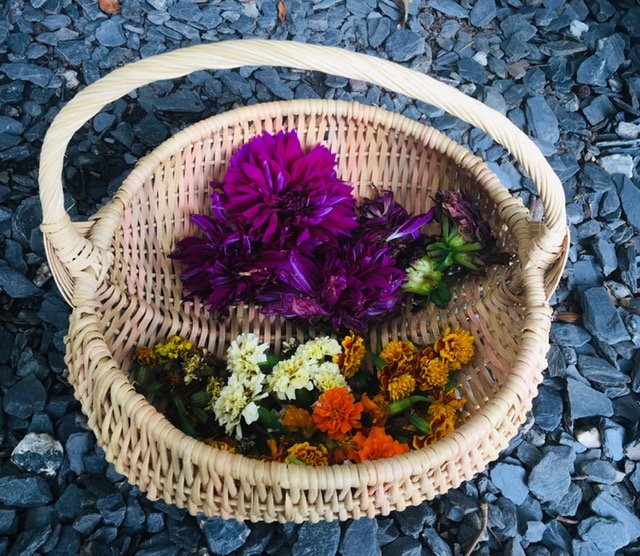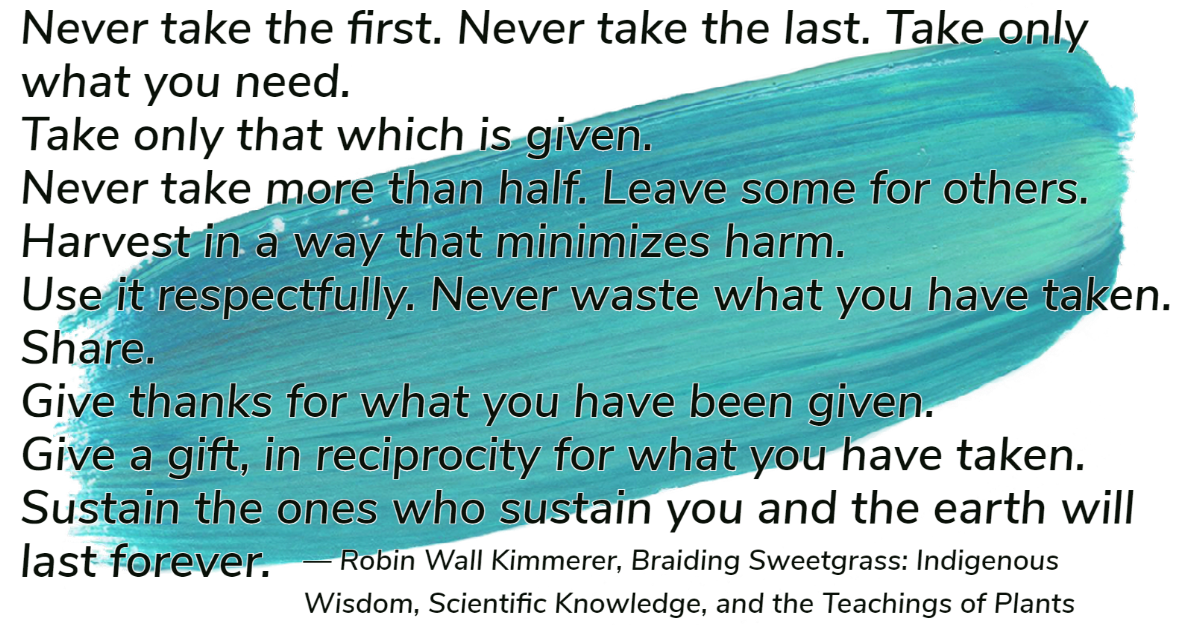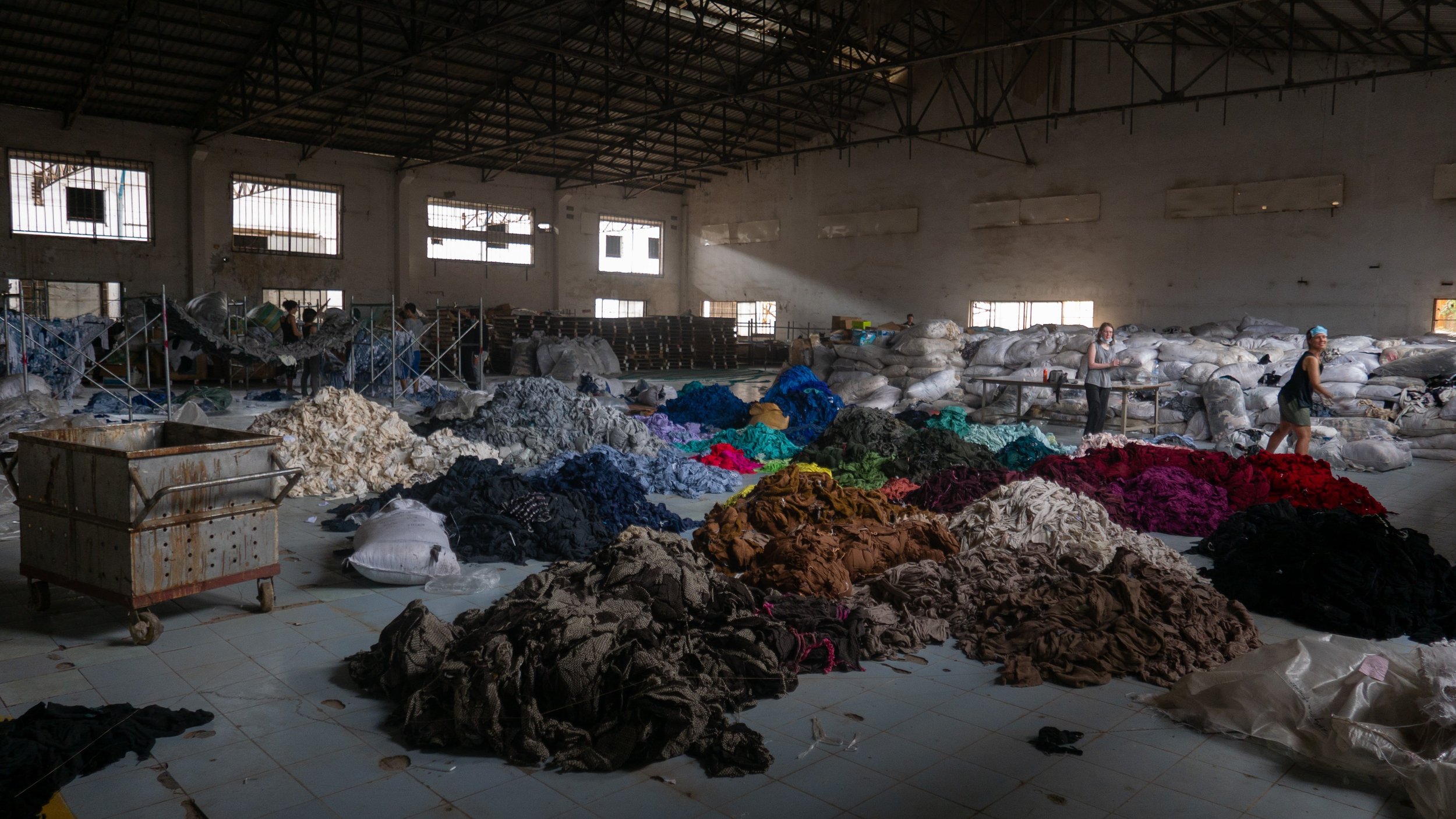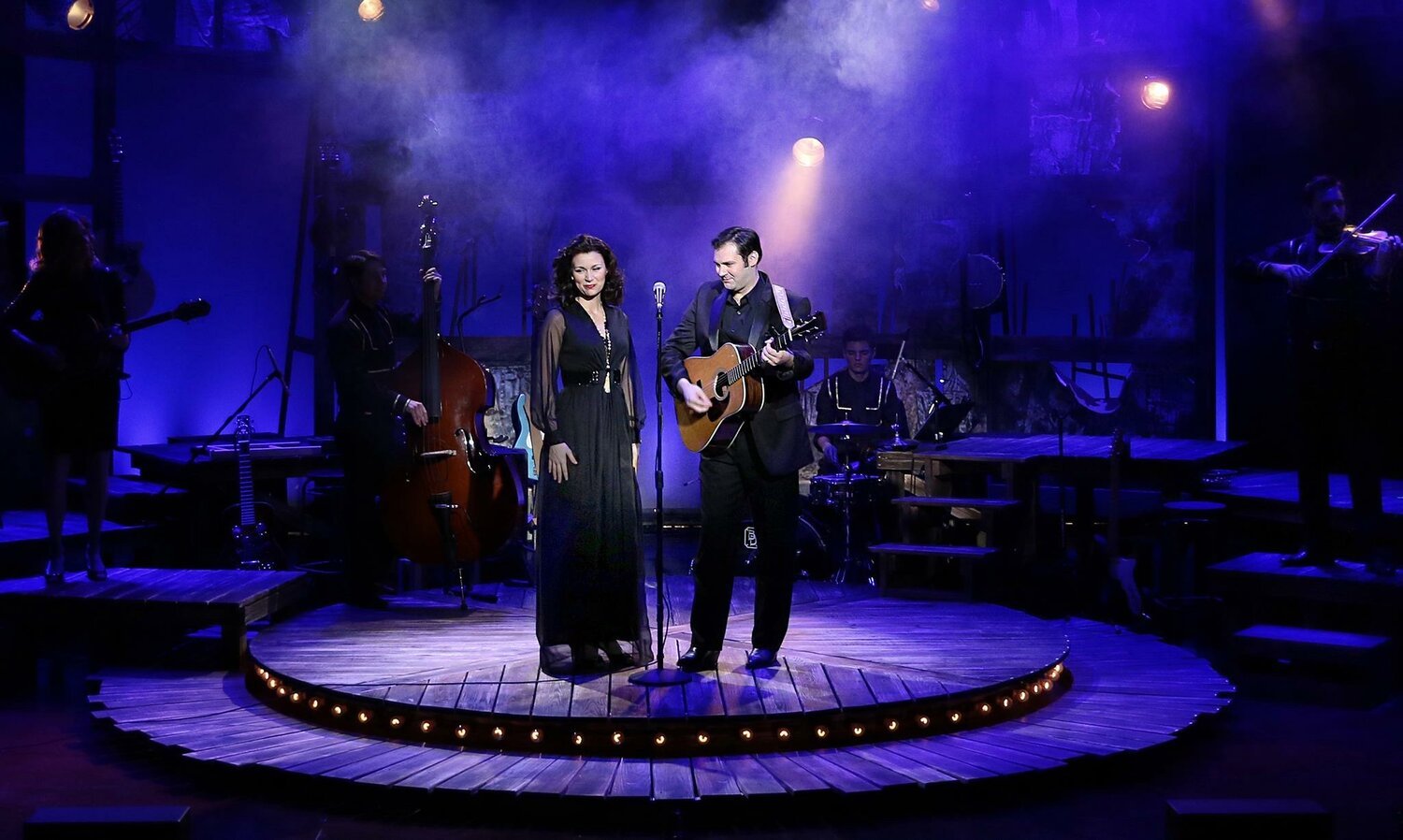Nature does not hoard, nature flows, nature takes what it needs, not more. That’s why plants and animals die when they get too much. Too much sun, too much water, too much food, too much of a necessary thing is a poison. Water is needed, but flooding happens when we get too much all at once, wildfires happen when we don’t get enough. It is about balance; it is about the synergy of things working together.
I’m not demanding that we should keep no things and have no precious pieces, this is a provocation to consider the materials in your possession as more than just yours. They are energy, moving through the world and I believe that energy will flow to where it is meant to be. We are holding them for just one moment in their lifecycle. How can we be good material stewards and hand down quality things to the generations who come behind us? In many cases, we work with goods that have components older than we are and things that will outlive us. Everything has a home, a natural next step in its existence where it is actually desired and useful. It is up to us to take the time to help it find that next home instead of just throwing it away in a fit of frustrated cleaning and purging.
Just because it is out of your life, does not mean it disappears. There is no “away” in throwing things away; so, how can you get rid of things abundantly? Let’s take The Magic of Tidying Up one step further, after you determine that a thing does not spark joy, ask: would this spark joy for someone else? Then try to find that specific person instead of a nebulous “away.” This is true abundant thinking, realizing that there is Enough, and that if you share your excess, your needs and desires will find you.
Sure it sounds a little “woo” to manifest things in this way, but an Abundant way of living is based on trust. We (usually) trust our employer to pay us on the schedule set out in our contract, right? We trust that our direct deposit will hit and we will be able to pay our bills, in fact it is shocking and derailing when that doesn’t happen or when our bills are higher than we believe them to be. We talk about trust in currency, in brands, but where is that trust in others, trust in our Abundance?
Abundance takes vulnerability, flexibility, and patience, and that is something we are short on in contemporary capitalism. It can be difficult to ask for what we need and to wait for things to arrive, particularly in a culture that is so used to instant gratification. It didn’t take long, but it seems that everyone is conditioned to expect that any delay is unreasonable when shopping online. Buy it, and it’s there, browse photos, pick the thing, it arrives and is what you predicted. In contrast, Abundance asks us to wait, to trust that a friend or neighbor will come to our aid, a vulnerable act in a culture that glorifies independence. Abundance asks that we take what is given, not selfishly wait for the thing that is exactly what we imagined. It can even be vulnerable to give, admitting that you took more than you needed, or that your life situation has changed and a treasured item is no longer useful. Many people currently give at times of transition, weight change, moving, downsizing, new job, new beginning.
Abundant giving is also a slow, patient process. Though it may feel like you have lots of amazing and useful stuff, finding the person or organization who actively wants it will take time. It can be much more comfortable to just get it all out at once, dump it at a second hand shop, rip the band aid off and just move on. But that is not Abundant thinking, go back to the nature metaphor at the beginning of this section, rarely does nature fruit all at once but instead it goes slowly. There is always something blooming and fruiting for us. In that way, make regular checks in your life on what you need and or can spare, keep a routine flow of things in and out of your life. Eliminate the sense of overwhelm and panic that comes from the massive sort and purge cycle.
You may believe that a simple solution to this is second hand shops. What on the surface could appear to be an act of generosity, we know that these stores often take in more than they could ever sell. Often your donation can get damaged in the sorting process and put in a landfill anyways, or it is deemed unworthy for sale and will get shipped (a carbon intensive process) overseas to simply become someone else’s problem. Consider this: am I being generous and sharing with Abundance OR am I overwhelmed with the stuff I hoarded in capitalist resource Scarcity and now I need it gone ASAP before I explode?
Twice last year, Conscious Costume ran a textile drive fundraiser. While I’m proud of the work that we did, I did have some major questions and concerns. During our appointment to deliver the materials, it was pouring with rain and I saw several boxes of donated books being destroyed with water, I saw a box of dishes fall over and shatter, and bales and bales of “unwearable” clothes, destined to be sent to countries exploited by Eurocentric cultures. All of these items were donated in good faith that someone else would want and need it, buy it, love it, and maybe pass it on. That’s not the reality, we (as a culture) purchase, and get rid of more than can ever be resold. With the rise in the popularity of thrifting, many people who rely on these shops for economic reasons, have noticed steep rises in prices. I would much rather rehome each item myself, knowing that the next owner wants it and needs it.
